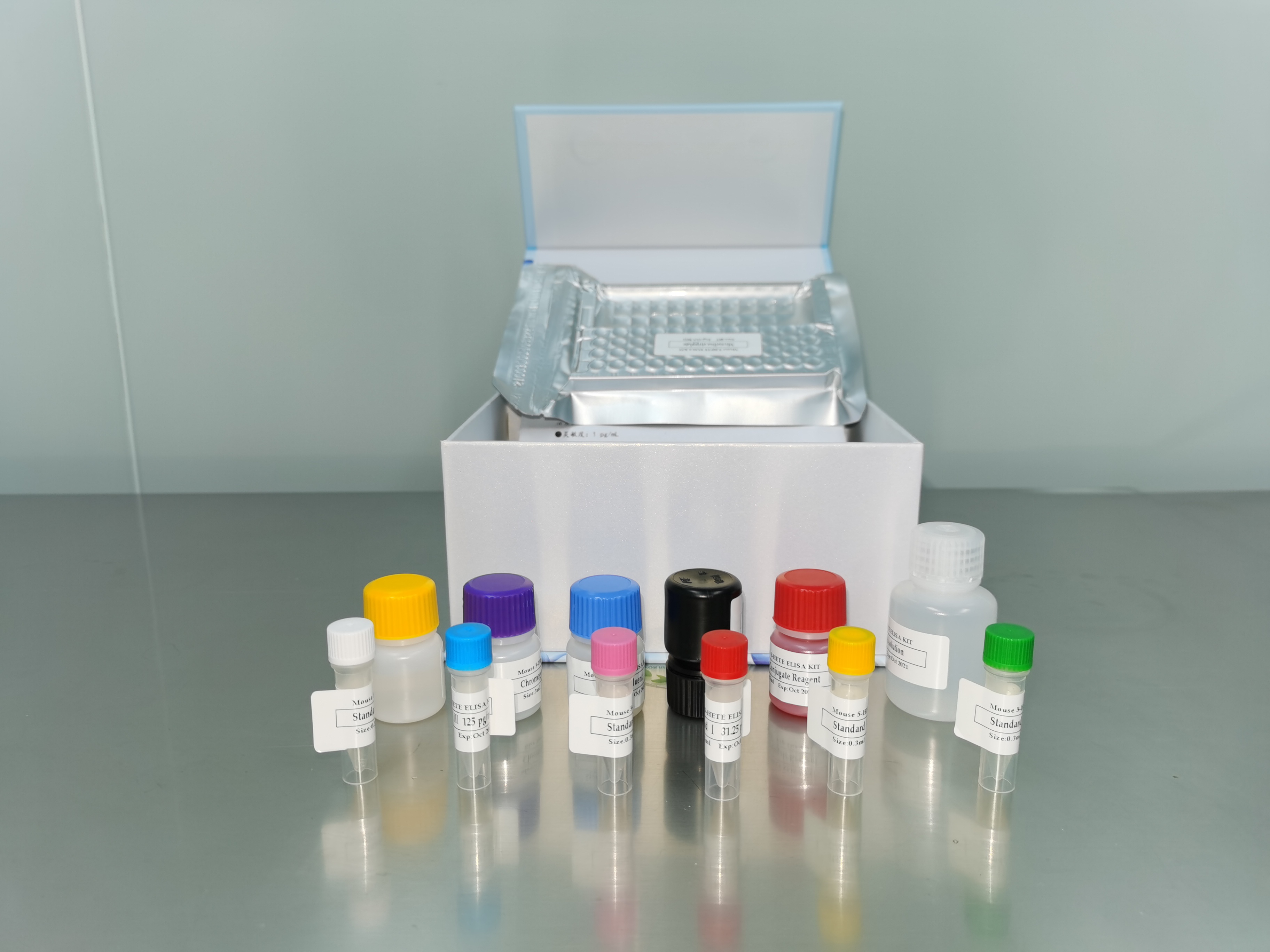| 产品名称: | Staphylococcus aureus subsp. aureus Rosenbach |
|---|---|
| 商品货号: | TS139363 |
| Strain Designations: | 502A |
| Application: | Enteric Research |
| Isolation: | Nares of nurse |
| Biosafety Level: | 2
Biosafety classification is based on U.S. Public Health Service Guidelines, it is the responsibility of the customer to ensure that their facilities comply with biosafety regulations for their own country. |
| Antigenic Properties: | Serologic type (b)c1 |
| Product Format: | freeze-dried |
| Storage Conditions: | Frozen: -80°C or colder Freeze-Dried: 2°C to 8°C Live Culture: See Propagation Section |
| Preceptrol®: | no |
| Type Strain: | no |
| Antibiotic Resistance: | Penicillin sensitive
Resistant to 25 µg but sensitive to 50 µg of tetracycline |
| Comments: | Bacterial interference in treating staphylococcal disease in newborn babies and patients with chronic furunculosis Coagulase positive Does not produce penicillinase Usually lysed by phages 7, 47, 53, 54 and 77 Serologic type (b)c1
Resistant to 25 µg but sensitive to 50 µg of tetracycline |
| Medium: | ATCC® Medium 3: Nutrient agar or nutrient broth |
| Growth Conditions: | Temperature: 37°C Atmosphere: Aerobic |
| Name of Depositor: | HR Shinefield |
| References: | . . Am. J. Dis. Child. 105: 689-691, 1963. Boris M, et al. Bacterial interference; protection of adults against nasal Staphylococcus aureus infection after colonization with a heterologous S. aureus strain. Am. J. Dis. Child. 108: 252-261, 1964. PubMed: 14168062 Boris M, et al. Bacterial interference. Protein against recurrent intrafamilial staphylococcal disease. Am. J. Dis. Child. 115: 521-529, 1968. PubMed: 4868791 Fritsch WC. Therapy of impetigo and furunculosis. JAMA 214: 1862-1866, 1970. PubMed: 5537340 Light IJ, et al. Use of bacterial interference to control a staphylococcal nursery outbreak. Deliberate colonization of all infants with the 502A strain of Staphylococcus aureus. Am. J. Dis. Child. 113: 291-300, 1967. PubMed: 5335490 Shinefield HR, et al. Bacterial interference between strains of Staphylococcus aureus, 1960 to 1970. Am. J. Dis. Child. 121: 148-152, 1971. PubMed: 5542853 Shinefield HR, et al. Bacterial interference: its effect on nursery-acquired infection with Staphylococcus aureus. I. Preliminary observations on artificial colonzation of newborns. Am. J. Dis. Child. 105: 646-654, 1963. PubMed: 13977323 Shinefield HR, et al. Bacterial interference: its effect on nursery-acquired infection with Staphylococcus aureus. II. The Ohio epidemic. Am. J. Dis. Child. 105: 655-662, 1963. PubMed: 13977324 Shinefield HR, et al. Bacterial interference: its effect on nursery-acquired infection with Staphylococcus aureus. III. The Georgia epidemic. Am. J. Dis. Child. 105: 663-673, 1963. PubMed: 13977325 Shinefield HR, et al. Bacterial interference: its effect on nursery-acquired infection with Staphylococcus aureus. V. An analysis and interpretation. Am. J. Dis. Child. 105: 683-688, 1963. PubMed: 13977326 Strauss WG, et al. Bacterial interference treatment of recurrent furunculosis. 2. Demonstration of the relationship of strain to pathogeneicity. JAMA 208: 861-863, 1969. PubMed: 5818591 |


